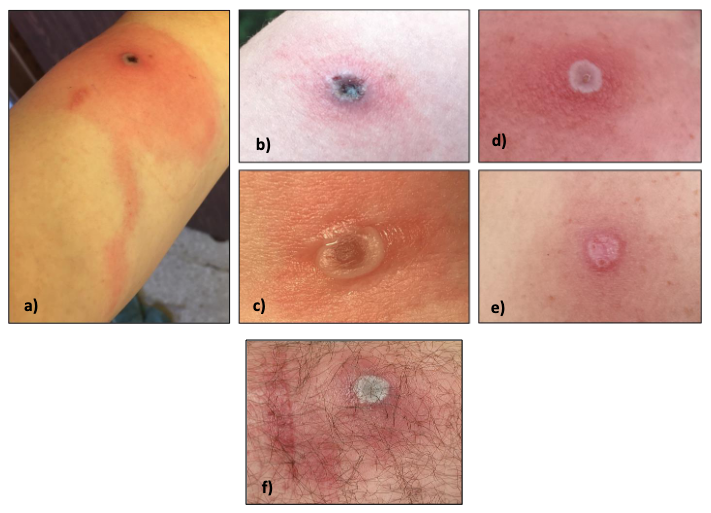Alaskapox death: Should we worry about this rare virus?

An Alaskapox lesion on different symptom onset dates. | PHOTO: Alaska Division of Public Health
A recent tragic event in Alaska has drawn attention to a rare disease following the death of a resident, which marked the first recorded instance of the virus leading to hospitalization and mortality.
Initially identified in Fairbanks in 2015, Alaskapox has remained a seldom-seen illness, with just seven reported cases to date according to the Alaska Department of Health and Division of Public Health.
Despite its rarity, the recent fatality highlights the importance of understanding this emerging pathogen, especially its potential risks for vulnerable populations.
According to the same bulletin released, the deceased was an elderly man who was immunocompromised due to undergoing cancer treatment, placing him at increased risk for severe illness.
In September 2023, the man noticed a “tender red papule in his right axilla” before being hospitalized in November due to the extensive progression of presumed infectious cellulitis (where the skin becomes red, swollen and painful due to a suspected bacterial infection), affecting his right arm’s mobility.
The circumstances surrounding the infection remain unclear as he was the first person outside Fairbanks to contract the “self-limiting illness.”
Despite living alone in a forested area, the patient reportedly interacted with a stray cat, which tested negative for the virus. Speculation suggests transmission may have occurred through a scratch from the cat, potentially contaminated by infected prey.
Over six weeks, the patient sought medical attention for a lesion, receiving antibiotic prescriptions before his condition deteriorated, leading to hospitalization. Subsequent tests confirmed Alaskapox, but the advanced infection proved fatal for the immunocompromised individual.
So, what exactly is Alaskapox?
Similar to viruses like smallpox and cowpox, Alaskapox is part of the same family. While its origins and transmission are still under study, evidence suggests involvement of small rodents like voles and shrews. Health authorities emphasize no signs of human-to-human transmission have been reported.
This fact was reiterated by Julia Rogers, a CDC officer embedded with the Alaska Department of Health, underlining that all confirmed cases have been linked to animal exposure.
When someone contracts Alaskapox, symptoms such as skin sores, swollen glands and muscle aches may occur. While usually not severe, individuals with weakened immune systems face greater risks.
Treatment focuses on symptom management and infection prevention. Following hygiene practices and avoiding contact with wildlife are essential precautions.

